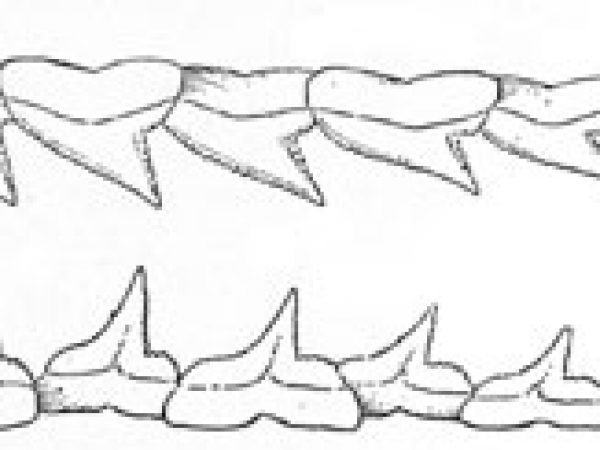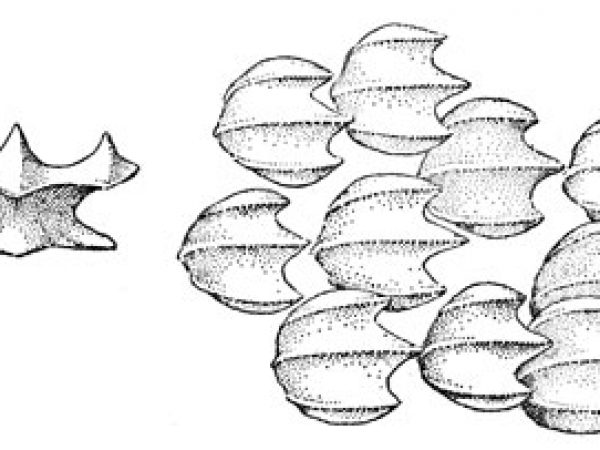
Carcharhinus porosus
This slim, plain gray shark has a wide, triangular dorsal fin, and grows usually to just over 3 feet long. With its long, pointed snout and large eyes, it is well suited to the muddy bottoms of estuaries where it prefers to hunt small fish and invertebrates. because if its size, it is often preyed on by larger sharks.
Order: Carcharhiniformes
Family: Carcharhinidae
Genus: Carcharhinus
Species: porosus
Common Names
English language common names include smalltail shark and small-tailed shark. Common names in other languages are azeiteiro (Portuguese), cabeza dura (Spanish), cação-azeiteiro (Portuguese), cação-do-salgado (Portuguese), cazón (Spaish), chaspat (Spanish), cuero duro (Spanish), kleinstaarthaai (Dutch), réquiem tiqueue (French), sarda (Spanish), Sicuri-branco (Portuguese), tiburón aletón (Spanish), tiburón cuero duro (Spanish), tiburon poroso (Spanish), tollo (Spanish), and triaqueira (Portuguese).
Importance to Humans
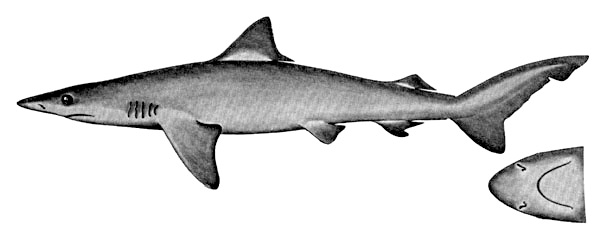
The smalltail shark is of little commercial importance, primarily caught as incidental bycatch in the gillnets of other fisheries. The flesh is marketed fresh for human consumption while the fins are valuable for use in shark fin soup. This shark is also processed into fishmeal and the oil is extracted from the liver.
Danger to Humans
The smalltail shark is considered harmless to humans. According to the International Shark Attack File, there have been no attacks on humans attributed to this species.
Conservation
> Check the status of the smalltail shark at the IUCN website.
The IUCN is a global union of states, governmental agencies, and non-governmental organizations in a partnership that assesses the conservation status of species. However, due to this shark’s slow growth, late maturity and low reproductive rate, it may become threatened in the future if fishing pressures increase.
Geographical Distribution
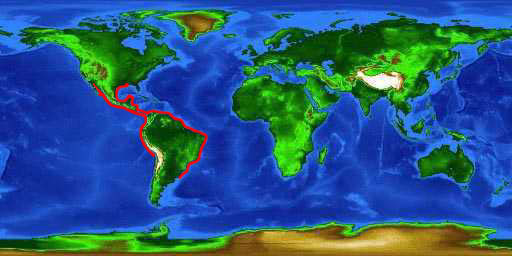
The smalltail shark is distributed in the western Atlantic Ocean from the northern Gulf of Mexico to southern Brazil, but is absent from the Caribbean Sea. In the eastern Pacific, this shark can be found from the Gulf of California south to Peru in shallow coastal waters. Reports of smalltail sharks residing in waters off Borneo, Vietnam, and Thailand may instead be a different species of Carcharhinus that has yet to be described.
Habitat
Common in waters over continental shelves, the smalltail shark prefers muddy bottoms in estuarine habitats. It swims along the bottom to depths of 118 feet (36 m).
Biology
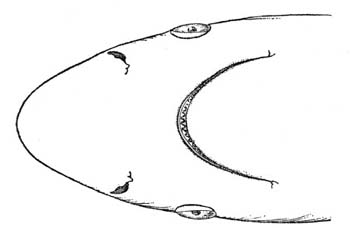
Distinctive Features
The smalltail shark has a slender fusiform body with a long pointed snout and large eyes. It has small and inconspicuous labial furrows and short gill openings. The first dorsal fin, originating over the inner margins of the pectoral fins, is large and falcate with a rounded tip. The second dorsal fin is relatively small and originates over or just behind the midbase of the anal fin. The pectoral fins are small with narrowly rounded or pointed tips. There is no interdorsal ridge on this species. The anal fin is deeply notched.
Coloration
The upper body is bluish-gray or gray, sometimes with an inconspicuous white band on the flank region. The gray coloration fades to a pale or white underside. The pectoral, dorsal, and caudal fins may have faint dusky or black markings.
Dentition
Dentition of the smalltail shark consists of 14-15 teeth in each side of both jaws. The teeth in the upper jaw are broadly triangular and strongly serrated with high cusps. The symphysial teeth number 1-2 in the upper jaw. The crown feet have coarser serrations and postlateral cusplets. The lower teeth have semierect or oblique, narrow cusps on larger bases. The number of symphysial teeth in the lower jaw ranges from 0 to 2.
Denticles
Dermal denticles of the smalltail shark overlap very little, leaving the skin somewhat exposed between them. The blades vary in size and are a bit wider than long. There are three ridges present in small individuals, increasing to five in larger sharks. The median tooth is easily the largest with very short pedicels.
Size, Age, and Growth
The maximum reported size of the smalltail shark is 4.4 feet (1.3 m) total length. However, the average size of an adult specimen is 3-3.6 feet (0.9-1.1 m) in length with females growing to larger sizes than males. Males reach maturity at 2.5 feet (.75 m) and females at 2.8 feet (.84 m) total length.
Although data pertaining to the lifespan of the smalltail shark is lacking, individuals measuring approximately 3.3 feet (1 m) in length have been determined to be 12 years of age based on vertebrae samples.
The growth rate of the smalltail shark is 2.8 inches (7 cm) per year during the first four years of life, slowing to 1.6 inches (4 cm) per year after maturity is reached.
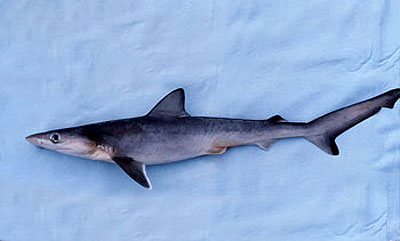
Food Habits
The smalltail shark is an opportunistic predator, feeding primarily on small fishes including sea catfish, croakers, jacks, and grunts. The smalltail shark also eats aquatic invertebrates including crabs and shrimps. Adult smalltail sharks feed on other elasmobranchs such as young hammerhead (Sphyrna spp.) and sharpnose (Rhizoprionodon spp.) sharks.
Reproduction
The mode of reproduction for the smalltail shark is viviparity with a yolk sac. The gestation period is approximately 10 months or more. Birth takes place during the spring and summer months in the waters off Brazil. There are 2-9 pups per litter, depending on the size of the female. Each pup measures 12.2-15.7 inches (31-40 cm) in length at time of birth.
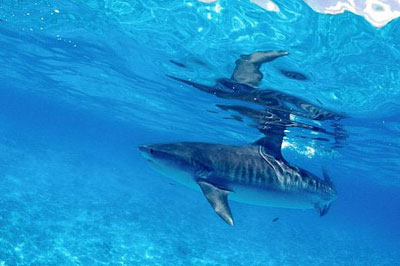
Predators
Large sharks are potential predators of the smalltail shark, especially of juvenile individuals.
Taxonomy
The smalltail shark was originally described as Carcharias porosus by Ranzani in 1840. However, this name was later changed to the currently valid name of Carcharhinus porosus (Ranzani, 1840). The genus name Carcharhinus is derived from the Greek “karcharos” = sharpen and “rhinos” = nose. Synonyms used in past scientific literature to refer to this species include Carcharias henlei Müller & Henle 1839 and Carcharhinus cerdale Gilbert 1898.
Prepared by: Cathleen Bester
